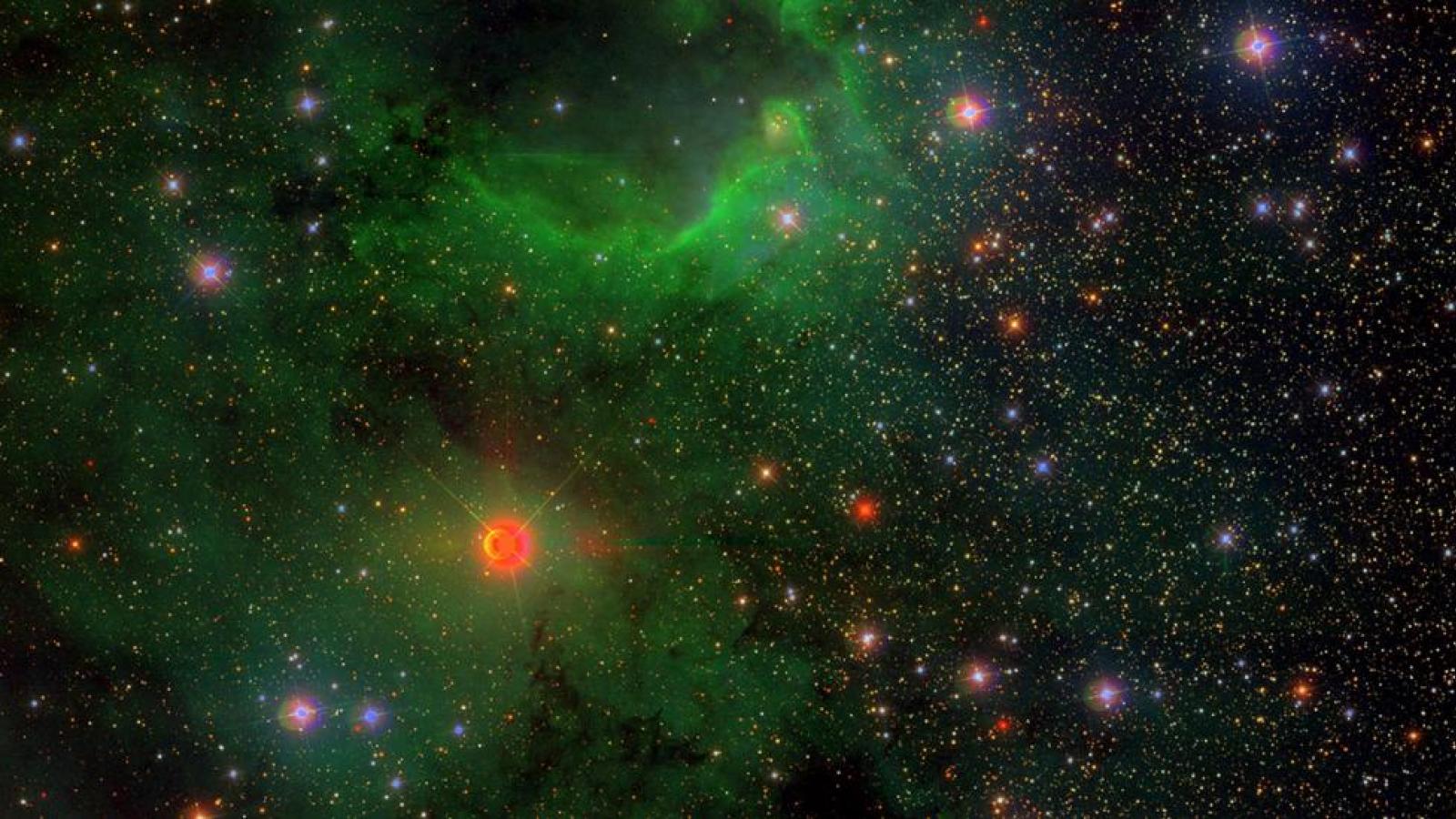SDSS
The Sloan Digital Sky Survey (SDSS) was created to map the skies - and this is exactly what is has accomplished. The Sloan Digital Sky Survey has created the most detailed, deep multi-colored 3D maps of the universe to ever yet be available for one-third of the sky. This means that over three million astronomical objects have spectra and have been mapped.
OSU is a long-standing partner in the Sloan Digital Sky Survey. Our involvement has included the Sloan Supernova Survey, the study of the content and structure of the Milky Way through the 250,000 stellar spectra from the SEGUE project, chemical abundances from the APOGEE project, and the extraction of cosmological and galaxy formation parameters from SDSS databases, including most recently the SDSS-IV eBOSS project. OSU faculty, students, and alumni are playing a number of leading roles in the lead-up to SDSS-V to start in 2020, including the development of robotic fiber positioner systems to replace the venerable plug-plate system and leadership of the Milky Way Mapper survey.
The Ohio State University Scientists who are making The SDSS possible include: Chris Hirata, Paul Martini, Barbara Ryden, Rick Pogge, Jennifer A. Johnson, Demitri Muana, Marc Pinsonneault, Ashley Ross, Hee-Jong Seo, and David Weinberg.



